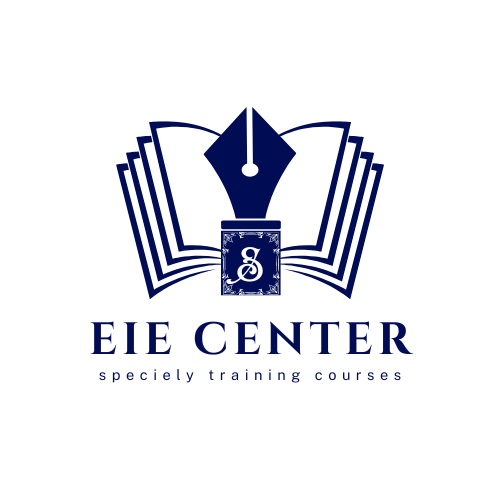IT Strategy & Architecture: Principles and Practices Course

About Course
Continually evolving technological changes and increasing pressure from shareholders are causing the evolution of top leaders and board members to reflect on their business models and systems. Digitalization and digital twins have been introduced into many areas of business and systems. Still, they need to catch up with where they are expected to thrive the most, therefore requiring the rethinking of IT strategy, architecture, principles, and best practices.
This IT strategy, architecture, principles, and best practices course will help leaders face the challenge of fusing technology with business. It will particularly help them identify gaps between the IT function in strategy, structure, people, process, and technology and their anticipated organizational direction.
The IT strategy, architecture, principles, and best practices course will further focus on establishing a blueprint operation model and key deliverables in a roadmap to achieve these goals.
IT Strategy Development Training:
In the IT strategy and architecture course, we will delve into the essentials of IT strategy development training. Participants will gain invaluable knowledge and skills in crafting strategic IT plans that align with organizational goals, enabling them to lead their organizations adeptly in the ever-evolving digital landscape.
This component is essential for those seeking IT strategy certification. This IT strategy, architecture, principles, and best practices training aims to fortify IT professionals’ strategic thinking and planning abilities in strategic decision-making and enterprise architecture.
Course Objectives:
At the end of this IT strategy course, the participants will be able to:
- Understand Enterprise Architecture, its Strategic Aims and Objectives.
- Align Commercial Drivers within the Enterprise with IT Enterprise Objectives.
- Consider the best model and framework for current requirements.
- Consider appropriate governance and legal considerations.
- Appreciate the current state and future direction of Enterprise Architecture.
- Appreciate best management practices to avoid commercial difficulties.
- Use digitalization within the IT strategy and Enterprise Architecture.
- Create digital twins of IT within the enterprise.
Targeted Competencies:
At the end of this IT strategy course, the participant’s competencies will:
- Enterprise Architecture.
- Consideration of Models and Frameworks.
- Governance of IT and Enterprise Architecture.
- Approaching and Aligning Business Challenges with Enterprise Solutions.
- Current Best Practice Approach to Enterprise Architecture.
- Use the digital twin approach for Enterprise Architecture improvement.
- Advance in the era of digitalization.
Course Content:
Unit 1: Introduction to Architecture and Architects:
- Architects and IT Architecture.
- Architecture and Strategy in Context.
- Architecture Domains and Challenges.
- Concepts behind Architecture Frameworks.
- Focus on the users.
Unit 2: Enterprise Architecture and Digitalisation:
- Terms and Domains Defined.
- Enterprise Architecture Frameworks and Selection Principles.
- Interface, Governance, and Products for Enterprise Architectures.
- Implementation Strategy of Enterprise Architecture Digitalization.
- Enterprise Architecture Key Management Considerations.
- Choices for Enterprise Architecture TOGAF, Zachman Framework (ZF) and RUP/EUP, DoDAF, MODAF, AGATE, FEAF, CEAF and NASCIO.
Unit 3: Enterprise Architecture Concepts:
- Architecture Frameworks and Enterprise Architecture.
- Enterprise Architecture Principles and Practices.
- Current State Future State Architecture.
- Concepts behind Gap Analysis.
- Business and IT/Technology Alignment Issues.
- The Framework Dilemma.
- Types of Architecture Frameworks.
Unit 4: Information Architecture and Digital Twins:
- Model the Digital Twin of IT architecture.
- Digital Twins in the Industry.
- Data Management Tools.
- Information Management Tools.
- Approaches to Architecture (Business, System and Technical).
- Successfully Leveraging Service-Oriented and Model Approach to Architecting.
- Completing the Design and Avoiding Common Pitfalls.
- Integration Technologies, Middleware Platforms, and Architecture.
Unit 5: What Drives the Future in IT Strategy:
- Aligning IT Requirements to Business Challenges.
- Creating a Digital Twin for IoT.
- Regulatory Compliance and Legal Considerations.
- Customer Journeys and Interactions Simulation.
- Digital Twin Impact on Enterprise Architecture.
